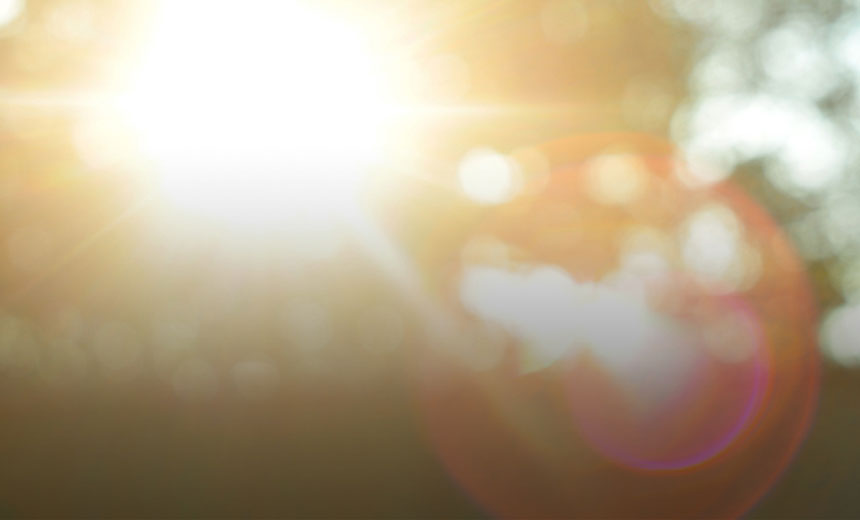"*" indicates required fields
26/08/2017

Photophobia is a sensitivity or intolerance to light. It’s a common condition and can be caused by all sorts of light sources, including sunlight, fluorescent light and incandescent light. All of these can cause a degree of discomfort, squinting or a need to close the eyes.
For more severe cases, even relatively low light can create irritation or eye pain.
It’s important to understand that photophobia is not a disease, although it can be a symptom of a disease, infection or inflammation. Other conditions can lead to light sensitivity, such as headaches, migraines and some viruses.
It is also known that people with light skin colour are more prone to photophobia and are more likely to be sensitive to bright light. Those with darker skin tones contain more pigment that provides more protection.
Other causes include:
Finding the underlying cause of a patient’s light sensitivity is the best way to address the problem. If found, the problem can often be reduced or disappear. Naturally, if the root cause is another eye condition or disease, it’s important to seek urgent attention from an ophthalmologist.
For those who are naturally prone to light sensitivity, there are numerous choices that help to make everyday exposure to bright lights more comfortable.
Sunglasses with photochromic lenses will automatically darken in harsh sunlight and block 100% of UV rays. Polarised lenses can also provide protection from glare and bright reflections. Another simple solution is to wear a wide-brimmed hat when outside in the sunshine.
For extreme cases, it is possible to wear prosthetic contact lenses that reduce the amount of light that reaches the eyes.
If light sensitivity is severe, it is always best to consult your optometrist or GP.
The information on this page is general in nature. All medical and surgical procedures have potential benefits and risks. Consult your ophthalmologist for specific medical advice.
Date last reviewed: 2022-10-05 | Date for next review: 2024-10-05